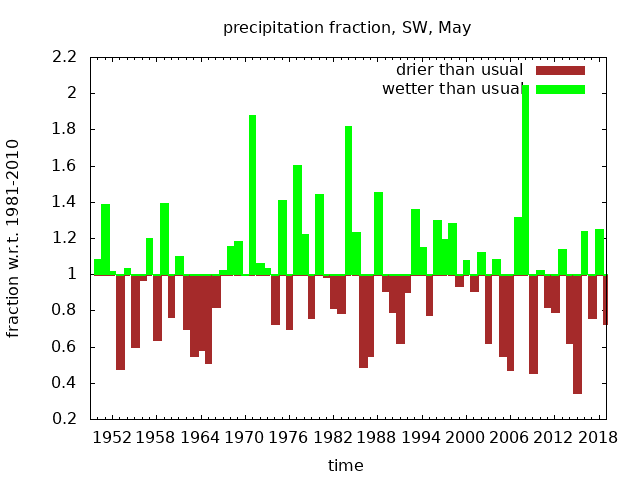In the realm of data analytics, regex, or regular expressions, is a powerful tool that enables users to search, manipulate, and analyze text data with precision. When combined with Looker, a modern data platform, regex becomes an essential skill for creating more accurate and insightful data models. In this article, we will delve into Looker regex, exploring its significance, applications, and how it enhances data analytics.
What is Regex?
Regular expressions, commonly known as regex, are sequences of characters that define search patterns. These patterns are used to identify, extract, and manipulate specific strings within a dataset. Regex is widely utilized in programming, text processing, and analytics platforms for tasks such as pattern matching, validation, and text extraction.
What is Looker?
Looker is a business intelligence (BI) and data visualization platform that enables organizations to explore, analyze, and share real-time data insights. Its user-friendly interface and robust data modeling capabilities make it a popular choice among data professionals. One of Looker’s standout features is its support for regex, which enhances its ability to handle complex data transformations and queries.
The Role of Regex in Looker
In Looker regex is primarily used to:
- Clean and Format Data: Regex simplifies the process of cleaning raw data by removing unwanted characters, standardizing formats, and correcting errors.
- Extract Specific Information: Regex enables users to extract relevant substrings from larger text fields, such as email domains, product codes, or identifiers.
- Validate Data Inputs: With regex, Looker can enforce data validation rules, ensuring consistency and accuracy in user inputs.
- Filter and Segment Data: Regex allows advanced filtering and segmentation of datasets based on specific patterns or criteria.
Key Regex Syntax for Looker
To effectively use regex in Looker, it’s essential to understand its basic syntax and operators:
- Characters:
- . Matches any single character except a newline.
- \d Matches any digit (0-9).
- \w Matches any word character (alphanumeric + underscore).
- \s Matches any whitespace character.
- Quantifiers:
- * Matches zero or more occurrences.
- + Matches one or more occurrences.
- ? Matches zero or one occurrence.
- {n} Matches exactly n occurrences.
- {n,} Matches n or more occurrences.
- {n,m} Matches between n and m occurrences.
- Anchors:
- ^ Matches the beginning of a string.
- $ Matches the end of a string.
- Character Classes:
- [abc] Matches any one of the characters a, b, or c.
- [^abc] Matches any character except a, b, or c.
- [a-z] Matches any character in the specified range.
- Groups and Alternation:
- (abc) Matches the exact sequence “abc”.
- | Acts as an OR operator between patterns.
How to Use Regex in Looker
Looker’s implementation of regex is often done within LookML (Looker’s modeling language) or in custom dimensions and filters. Here’s how regex is applied in common scenarios:
1. Creating Custom Dimensions
Custom dimensions in Looker allow users to apply regex patterns to create new fields derived from existing data. For example:
dimension: email_domain {
type: string
sql: REGEXP_EXTRACT(${email}, ‘@([\w.-]+)$’) ;;
}
This regex extracts the domain from an email address.
2. Filtering Data
Regex can be used in filters to include or exclude rows based on specific patterns. For instance:
filters: {
field: user_agent
value: “^.*(Mobile|Android|iPhone).*$”
}
This filter includes only rows where the user_agent field contains “Mobile,” “Android,” or “iPhone.”
3. Validating Inputs
To ensure data integrity, regex patterns can validate inputs. For example:
sql: CASE WHEN REGEXP_CONTAINS(${phone_number}, ‘^\d{3}-\d{3}-\d{4}$’) THEN ‘Valid’ ELSE ‘Invalid’ END ;;
This checks if a phone number follows the format “XXX-XXX-XXXX.”
4. Advanced Transformations
Regex can be combined with SQL functions for complex transformations. For example:
dimension: formatted_price {
type: string
sql: REGEXP_REPLACE(${price}, ‘[^\d.]’, ”) ;;
}
This removes all non-numeric characters from a price field.
Benefits of Using Regex in Looker
1. Improved Data Quality
Looker regex enables precise data cleaning and formatting, reducing errors and inconsistencies.
2. Enhanced Flexibility
With regex, users can handle diverse data structures and patterns, making Looker adaptable to various datasets.
3. Time Savings
Automating text manipulations with regex reduces the manual effort required for data preparation.
4. Advanced Insights
Regex empowers users to extract deeper insights from text-heavy datasets, such as logs, surveys, or customer feedback.
Challenges and Limitations
Despite its benefits, regex in Looker has some challenges:
- Learning Curve: Mastering regex syntax requires time and practice.
- Performance Impact: Complex regex patterns can slow down query execution.
- Error-Prone: Incorrect patterns may lead to unintended results or data loss.
Tips for Effective Regex Usage in Looker
- Start Simple: Begin with basic patterns and gradually build more complex expressions.
- Test Regularly: Use online regex testers to validate your patterns before implementing them in Looker.
- Document Patterns: Keep a record of regex patterns and their purposes for future reference.
- Leverage Resources: Refer to regex cheat sheets and tutorials for guidance.
Conclusion:
Looker regex is a valuable asset in Looker, enhancing its capabilities for data analysis and transformation. By mastering regex, users can unlock the full potential of Looker’s data modeling and visualization tools, enabling more accurate insights and streamlined workflows. While regex may have a learning curve, its versatility and efficiency make it a worthwhile skill for any data professional.
Whether you’re cleaning datasets, extracting key information, or validating inputs, regex in Looker offers a powerful solution to tackle complex text-based challenges. By following best practices and continuously refining your skills, you can leverage Loooker regex to elevate your data analytics projects to new heights.














Leave a Reply